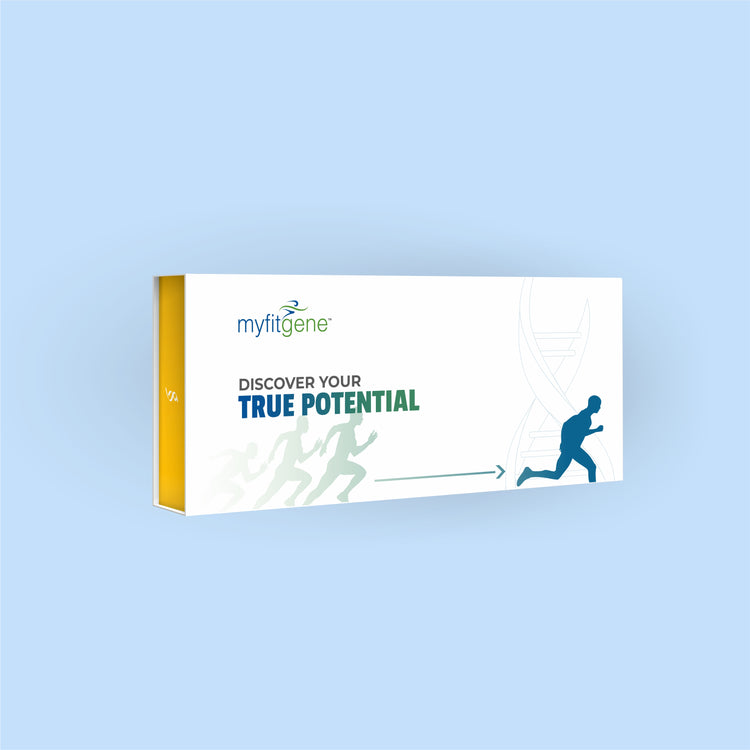COL5A1 : collagen type V alpha 1 chain
COL5A1 Gene: The "Athlete‘s Achilles Heel" and Beyond
The COL5A1 gene plays a crucial role in the production of type V collagen, a protein essential for the structural integrity of connective tissues like tendons, ligaments, and skin. While it contributes to athletic performance and resilience, variations in this gene also pose risks for sports-related injuries and other health conditions.
COL5A1 and Athletic Performance
- Tendon and Ligament Strength: Type V collagen, encoded by COL5A1, is a key component of tendons and ligaments, the fibrous tissues that connect muscles to bones and bones to each other. This protein‘s presence ensures the proper function and resilience of these structures, crucial for athletic movements.
- Injury Prevention: Adequate type V collagen production helps prevent injuries like tendonitis, ligament sprains, and ruptures, common among athletes due to repetitive stress and high-impact activities.
- Recovery and Repair: COL5A1 also plays a role in tissue repair after injury, aiding in the healing process and restoration of function.
COL5A1 and Olympic Athletes
Olympic athletes, renowned for their exceptional physical abilities, may possess genetic variations in COL5A1 that influence their susceptibility to injuries. Research suggests that certain COL5A1 polymorphisms are associated with an increased risk of:
- Achilles Tendon Rupture: This devastating injury, which can sideline athletes for months, has been linked to specific COL5A1 variants.
- Anterior Cruciate Ligament (ACL) Injuries: These knee injuries are common in sports that involve sudden changes in direction, jumping, and landing. COL5A1 variations may contribute to ACL vulnerability.
- Other Connective Tissue Disorders: Ehlers-Danlos syndrome, a group of inherited disorders affecting connective tissues, can also be linked to mutations in COL5A1.
COL5A1 and Health Beyond Sports
While COL5A1 is significant in the athletic context, its impact extends to broader health concerns:
- Osteoporosis: Research suggests a connection between COL5A1 variants and osteoporosis, a condition characterized by decreased bone density and increased fracture risk.
- Cardiovascular Disease: Some studies indicate a potential association between COL5A1 variations and cardiovascular diseases like aortic aneurysms.
- Other Connective Tissue Disorders: Beyond Ehlers-Danlos syndrome, COL5A1 mutations have been linked to other connective tissue disorders affecting the skin, joints, and blood vessels.
The Future of COL5A1 Research
Ongoing research aims to unravel the complex relationship between COL5A1, athletic performance, and various health conditions. Understanding these connections could lead to:
- Personalized Injury Prevention Strategies: Identifying athletes with higher genetic risk for specific injuries could allow for tailored training programs and preventive measures.
- Targeted Therapies: Developing treatments that modulate COL5A1 activity could potentially reduce the risk of connective tissue disorders and improve tissue repair.
- Enhanced Athletic Performance: Understanding how to optimize collagen production could enhance tissue resilience and potentially boost athletic performance.
In conclusion, the COL5A1 gene, while crucial for athletic prowess, also presents challenges in terms of injury risk and broader health implications. Further research promises to uncover valuable insights for athletes, healthcare professionals, and individuals seeking to optimize their health and performance.


